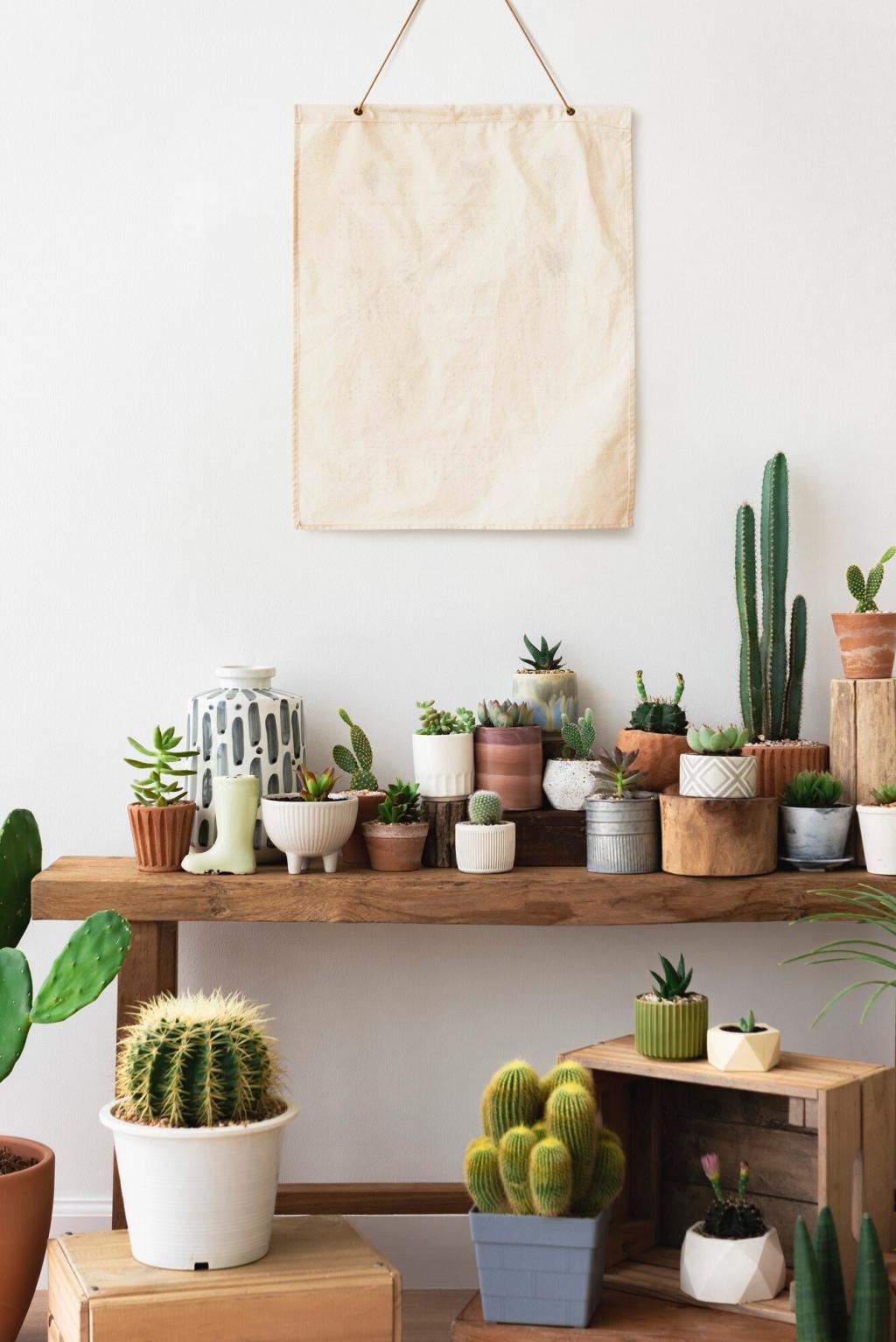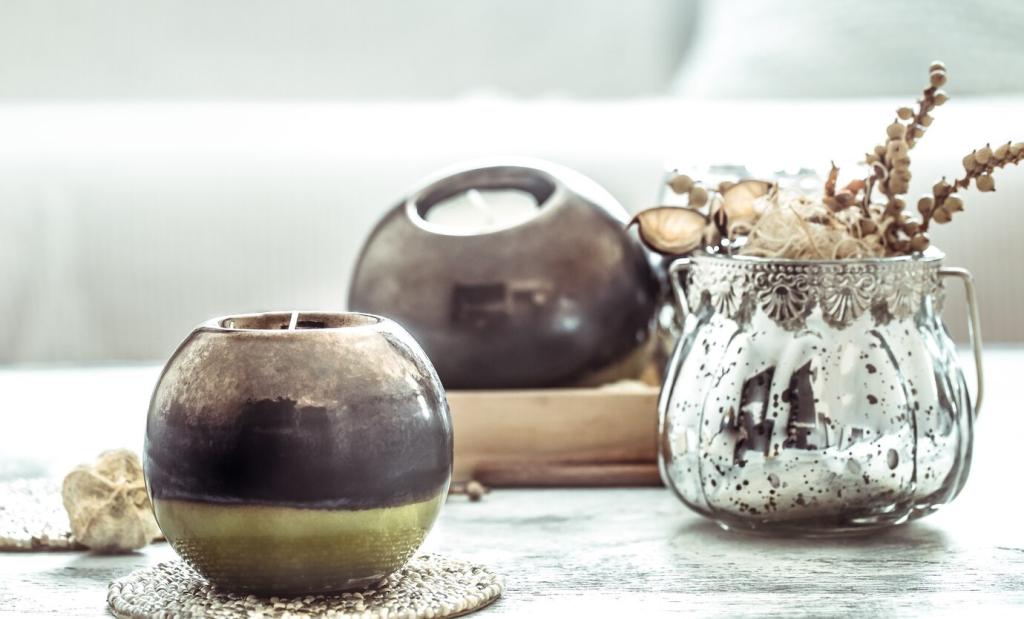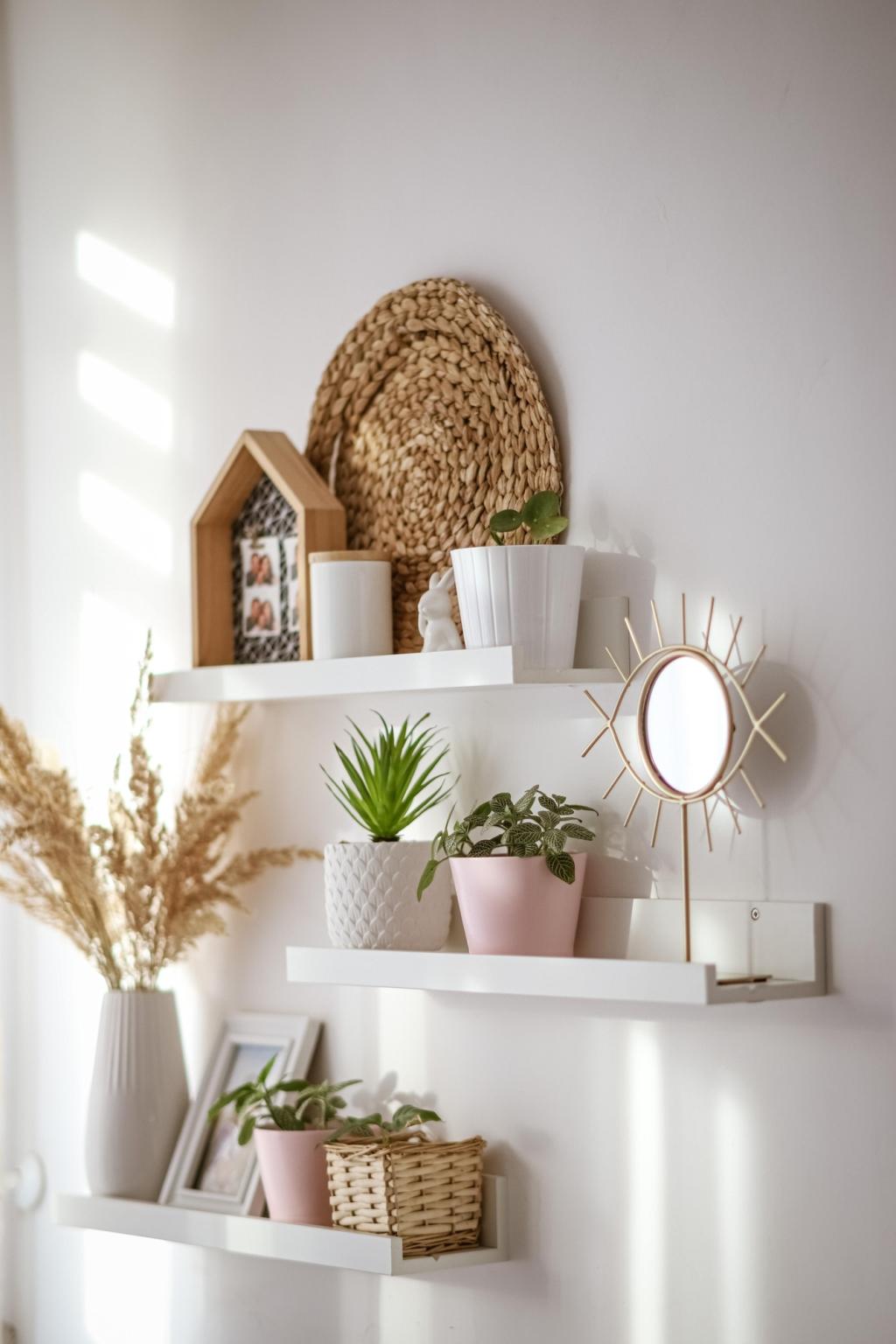Fibers That Breathe: Cotton, Linen, Hemp, and Wool
Organic cotton shines in twill, canvas, and sateen upholstery, especially when long-staple yarns reduce pilling and fuzz. Pre-washing helps stabilize shrinkage, and GOTS certification ensures the journey from field to fabric respects soil, workers, and your living room.
Fibers That Breathe: Cotton, Linen, Hemp, and Wool
Bast fibers like linen and hemp are naturally strong, thermoregulating, and beautifully slubby. Their relaxed drape softens with time—ideal for slipcovers and cushions. An organic hemp-linen blend on our bench cushion transformed summer afternoons from sticky to breathable comfort.
Fibers That Breathe: Cotton, Linen, Hemp, and Wool
Organic wool resists soiling, bounces back after pressure, and offers inherent flame resistance, reducing the need for chemical barriers. In organic textiles and upholstery, wool adds warmth without bulk and ages into a rich, welcoming texture you can’t fake.



